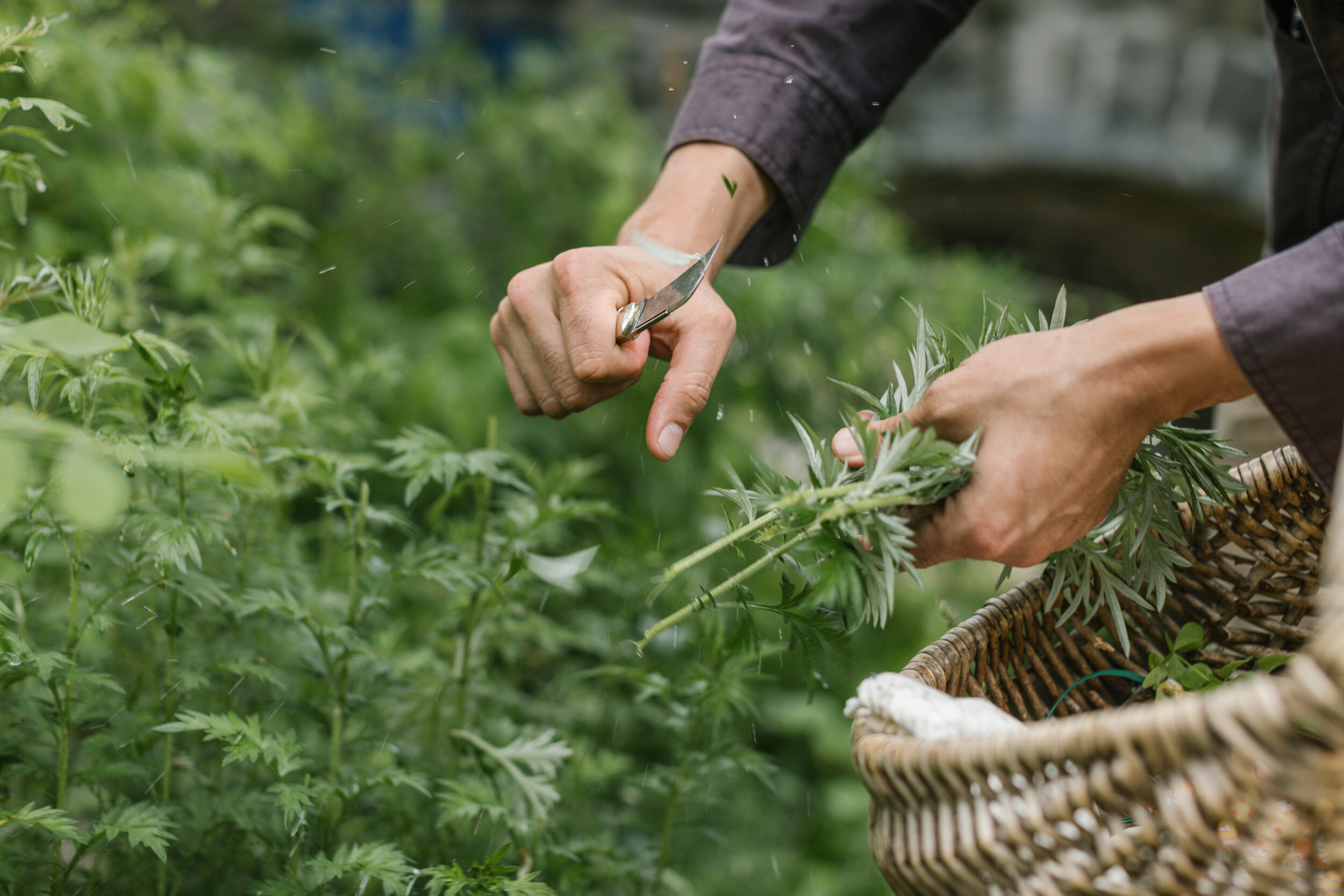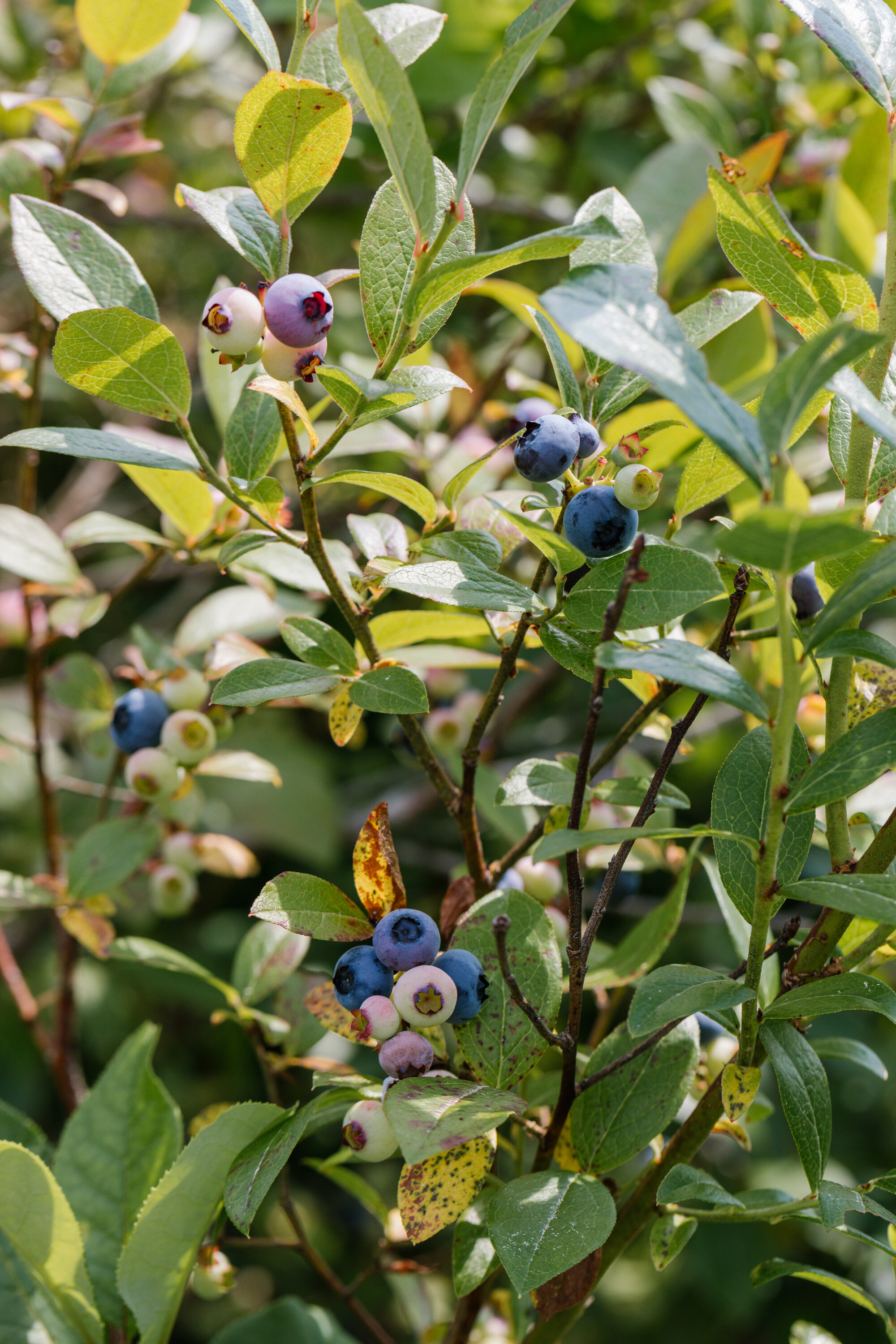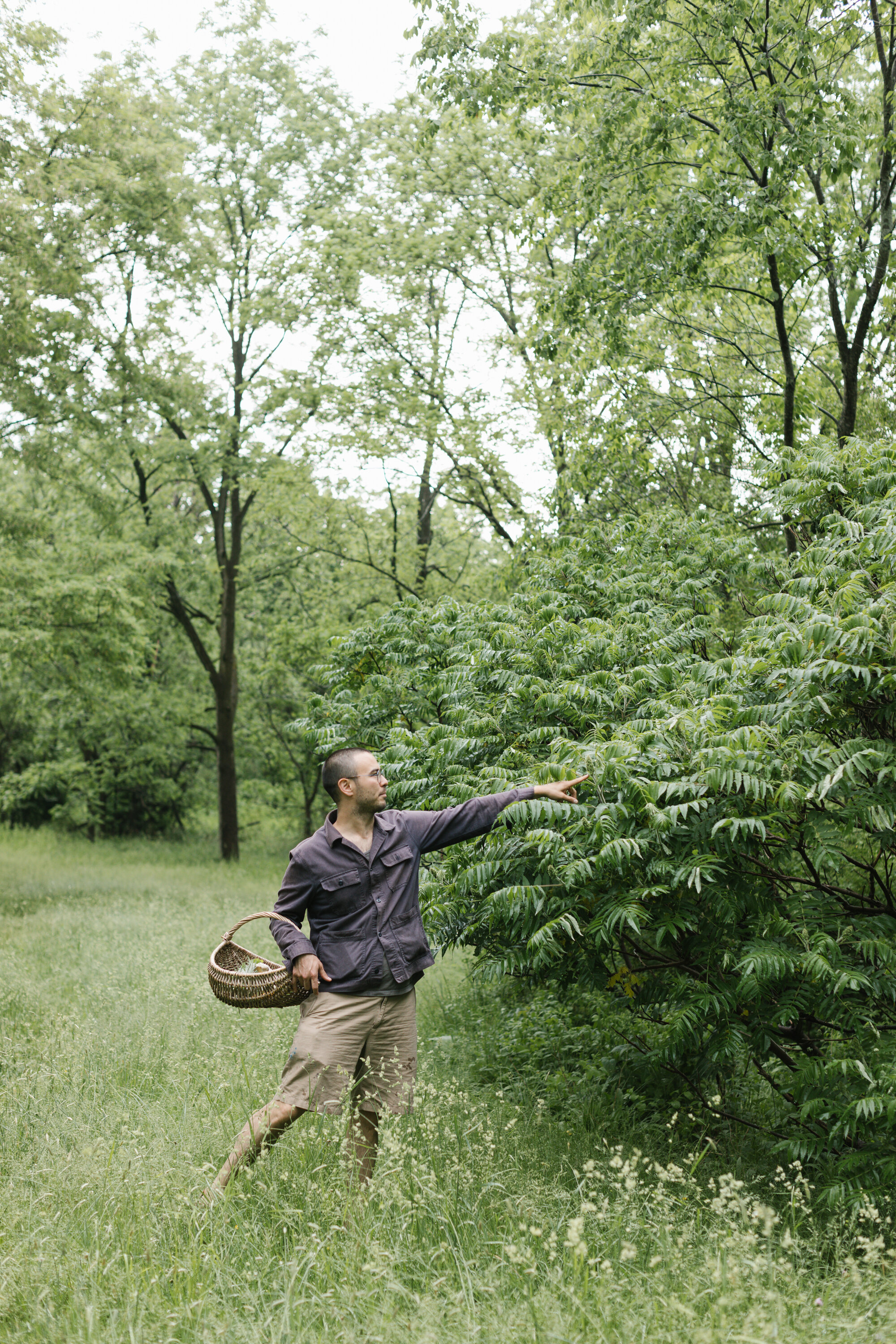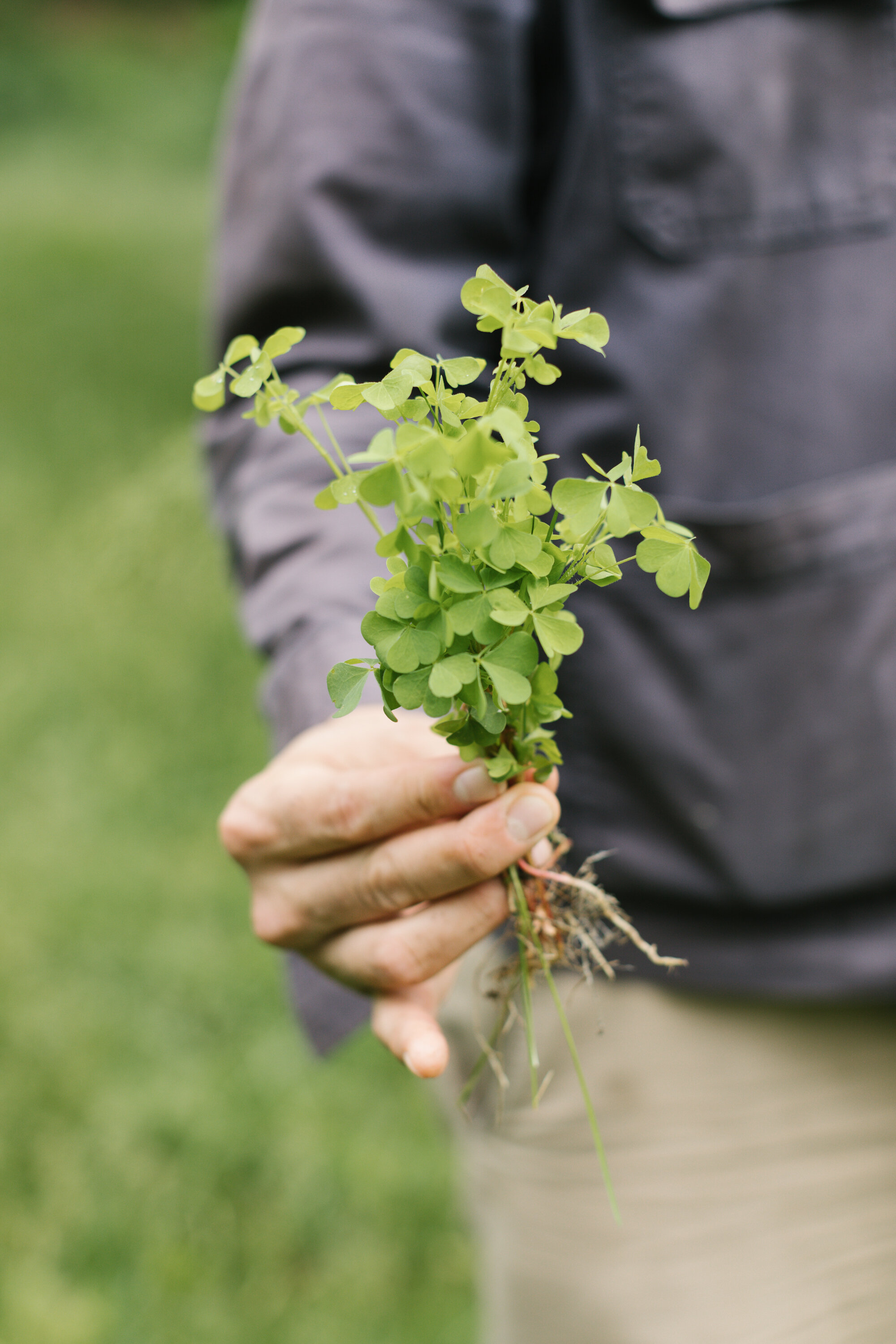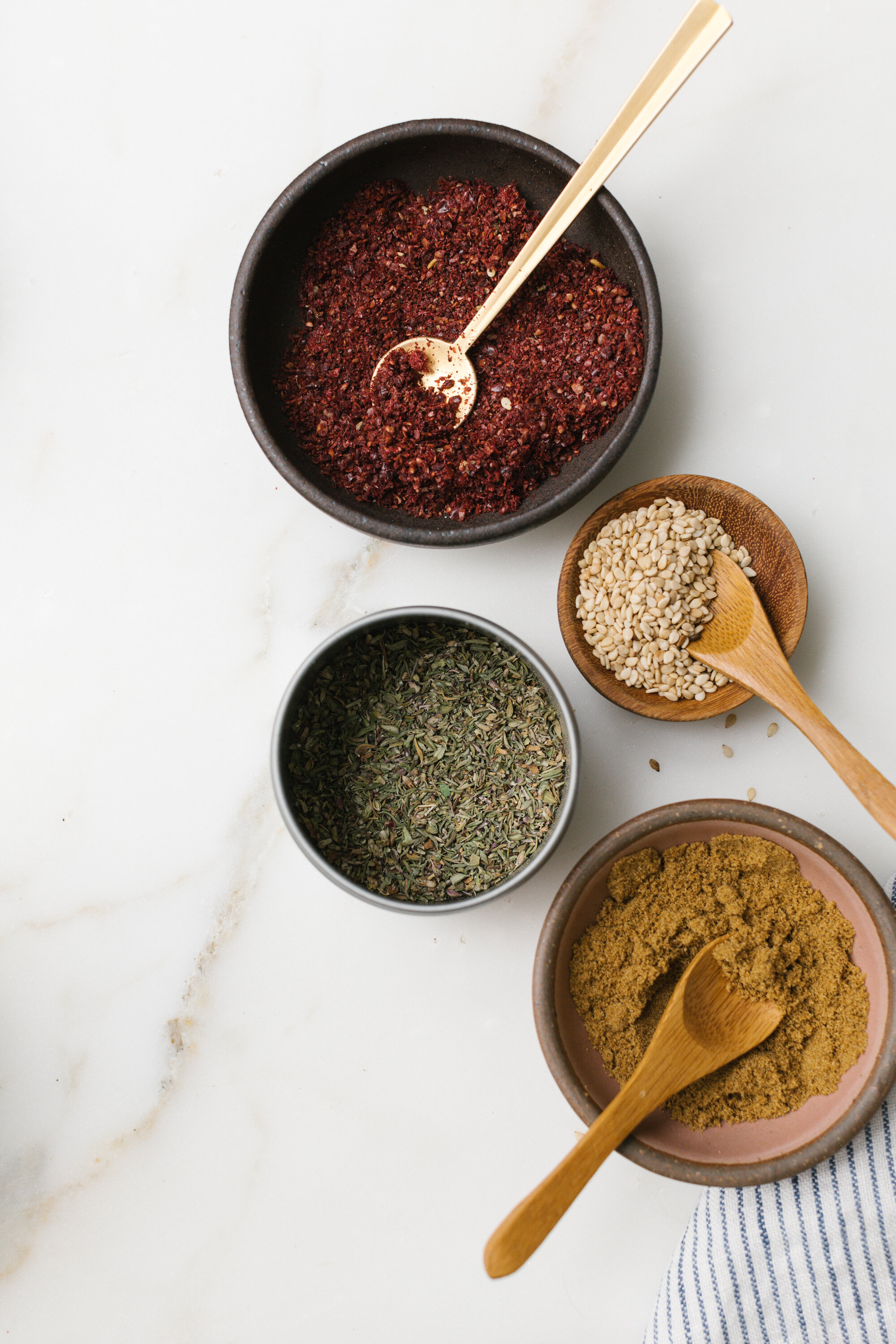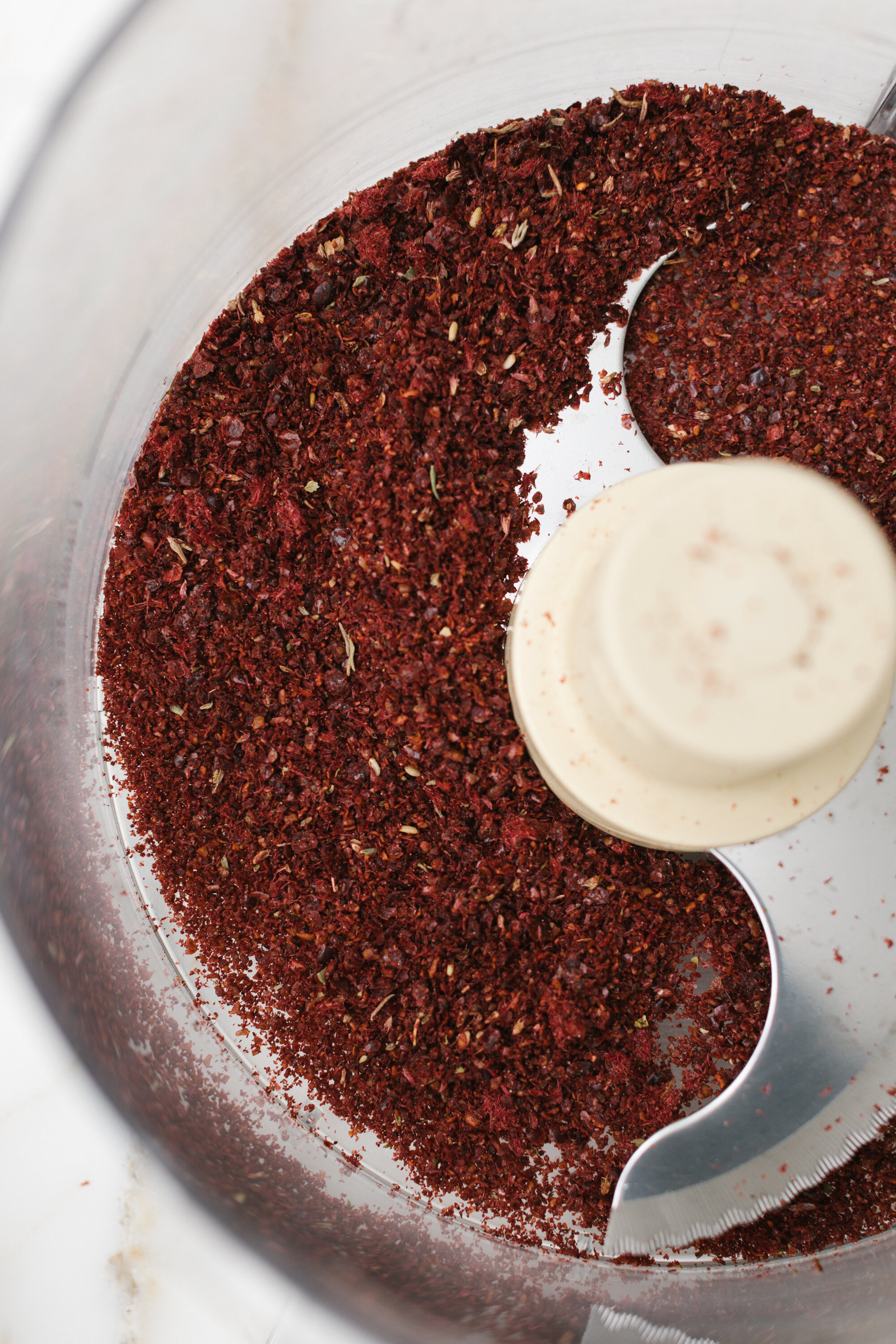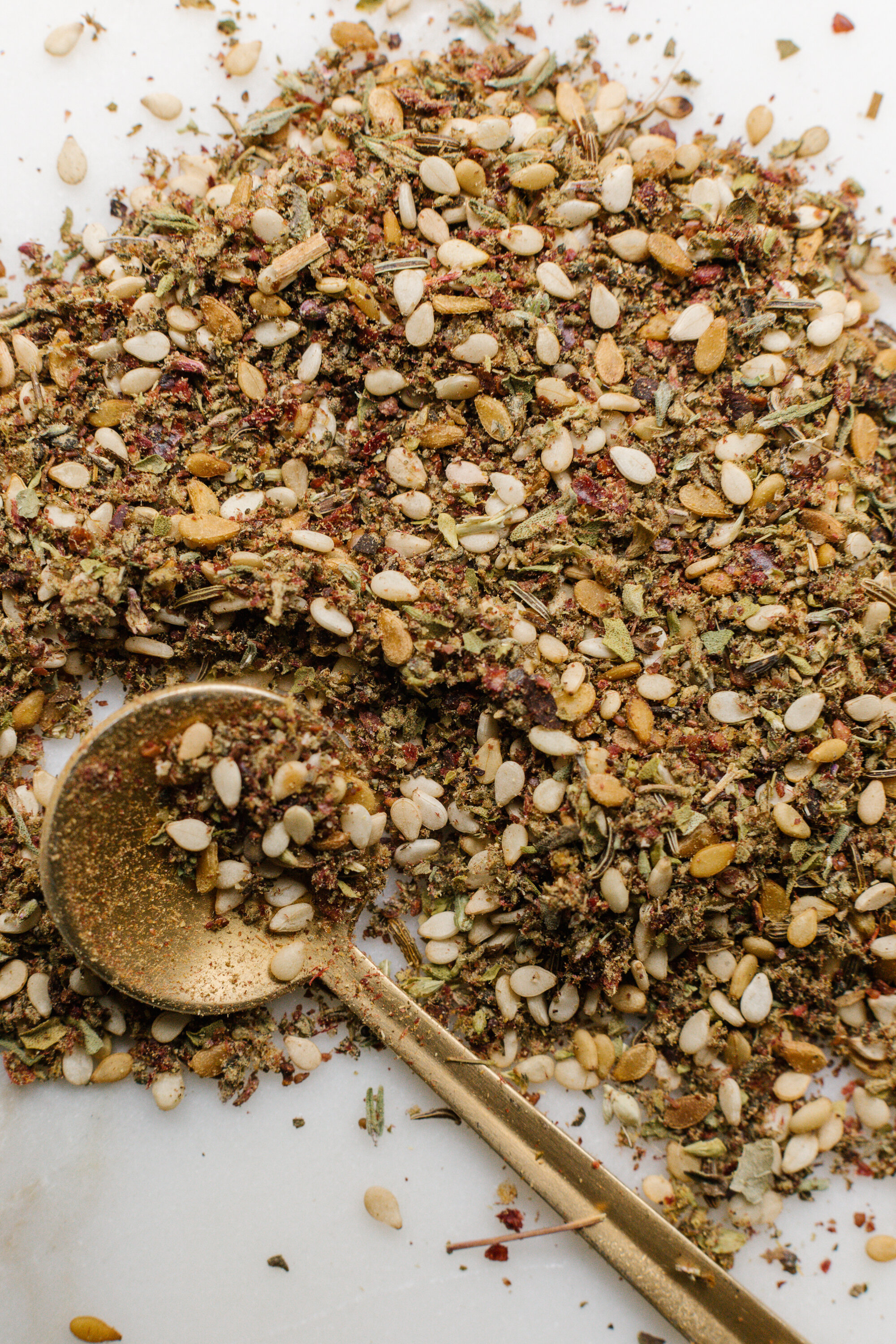How-to: Urban and Suburban Foraging
Photos by Linda Campos
Foraging for food can be a rewarding process. Just like eating the first fresh asparagus of the year is an important moment, so is finding the first of a season’s wild foods.
As telltale signs of our changing seasons, wild foods have a wide range of positive health benefits. Some are rich in antioxidants, like the chaga fungus, while others contain less common minerals like selenium and magnesium. Plants and fungi also can have fascinating effects on the body, like St. John’s wort’s mood-enhancing qualities (but be aware: It can also interfere with many medications), or reishi mushrooms’ steroid-like compounds to help fend off colds. And last but not least, foraging gives us a new lens through which to view the outdoors. Looking for edibles makes a stroll in the woods a culinary treasure hunt!
If you find yourself interested in learning more about our edible landscape, here are a few plants to start with that are relatively safe, and available in both woodland and urban environments.
What you’ll need to get started
• Basket, paper bag, colander or a bucket
• Sturdy gloves
• Clippers or hardy scissors
Safe foraging
1. When in doubt, throw it out. Never eat something unless you are 110% sure of what it is.
2. Check for “look-alikes” by cross referencing information using books, reliable internet sources or a person who has experience foraging in our region (like me!).
3. Read up on ticks and learn to identify poison ivy, always check yourself after walking through brush and check again in the shower at home.
Responsible and sustainable foraging
1. Never uproot or chop down whole plants unless extremely common, or invasive.
2. Only pick berries when plentiful and be sure to leave plenty for wildlife as this may be their main food source.
3. Consider yourself a part of the environment. Take care of it and leave it better than you found it.
4. Don’t step on wildlife on your hunt. Stay on paths, and if off them, tread lightly.
Five Summer Picks
Wild blackberries and raspberries (wine berries are great too) Look on the edges of woodlands or on bike paths. They like the areas just between full sun and shade.
Mullberries I love summer mullberries; they are so reminiscent of childhood for me. Look for the berries splattered on the ground first, and then look up for the blackberry-like fruit in the trees. Ripe ones will pull off very easily.
Blueberries If you get out to do some hiking you may find some little baby wild blueberries along rocky paths. They are about knee high or lower, and much smaller than your store-bought bluebs. You’ll know ’em when you see ’em. If you find yourself by a swampy pond area, there could be high-bush blueberries— these are much larger and similar to what you see in a store.
Staghorn Sumac This one is fun as it’s a familiar sight for many of us, but most people don’t know it’s good to eat, with a tart, lemony flavor. You can see it on many highways as this plant loves bright open areas. Avoid picking from areas with high traffic as the exhaust particles would be better not used in foods and pollution cannot be washed off. Look for the bright red “horn” that sticks up through the leafy green backdrop of many of the large plants. (Note: For your safety, be sure to learn the habitat and look of poison sumac; it likes wetlands and is not as commonly found as staghorn sumac, although they are related. There are many useful plant identification apps that are imperative for a novice forager in the wild.)
Wood sorrel can be found just about anywhere (check your “weeds” or potted plants). It’s a fun and tasty plant that kids love to pick and eat; it tastes like tart green apple! Teaching kids this one is great because once they get the hang of it they’ll be looking for it everywhere (good way to keep them entertained). Look for a leaf that looks like a clover (with three little leaves) but has a heart shape rather than a circle.
RECIPES USING STAGHORN SUMAC
Sumac Kool Aid
• Find a plentiful stand in a clean (not highly trafficked) area.
• Taste “berries” to be sure they have plenty of tart flavor.
• Collect several sumac horns using hardy scissors. You may need more than you think. Remove berries from stems and soak in cool to room temperature water for several hours. Remove plant matter, heat on a stove to a boil/simmer (to pasteurize) and add sugar to taste. Let cool, and drink over ice.
Za’atar Spice Mix
This mixture can be made up of many different spices, so look up other traditional herbs, or experiment a little. Different mints, oreganos or thymes are great!
• Collect sumac as in above recipe.
• Dry sumac thoroughly on a screen, or by hanging from a string (this can take several days; when the berry bunches crackle while breaking you know they’re ready).
• Break red berries from stems.
• Pulse sumac berries in a food processor to separate seed and red hairs.
• Use a mesh strainer or colander to remove seeds, allowing red fiber to fall through.
• Discard the seeds. Mix the remaining red hairs with dried thyme or oregano, sesame seeds and cumin Sprinkle on grilled flatbreads with olive oil, over fresh cheeses or add to vegetable salads.


